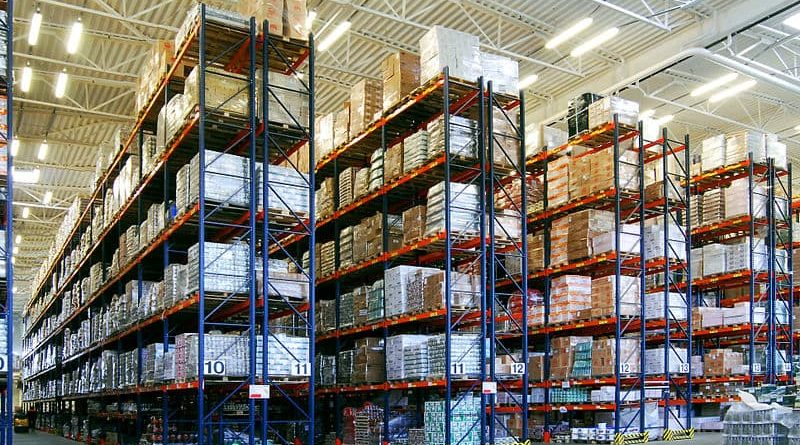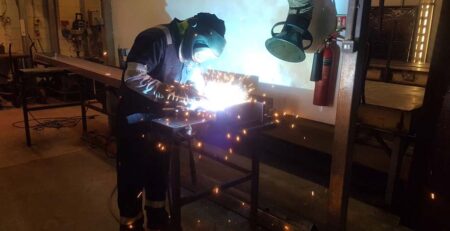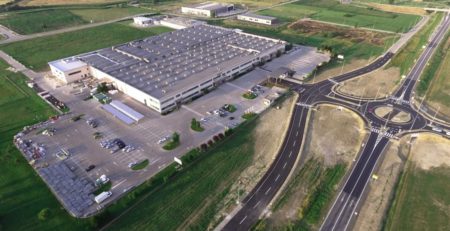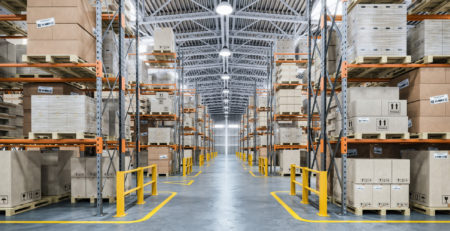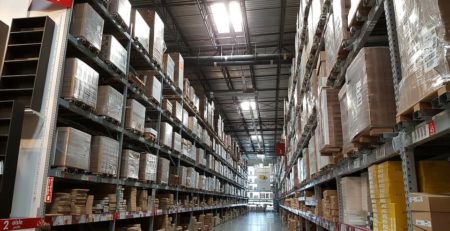The Types of Pallet Racking System
Pallet racking systems are used in almost every warehouse to optimise and organise the storage of stock effectively. They are essential to ensure that your warehouse is manageable and being used in the most effective way and also to help make sure you can find all of your items whenever you need to.
With that in mind, we have put together a list of the four most common types of pallet racking system, to help you find the right option for your warehouse.
1. Cantilever
Generally used for longer items such as timber and piping, cantilever pallet racking is often open on the sides and the front to allow for easy access to awkward items. There are few vertical obstructions to help ensure long items can be manoeuvred easily.
The length can be configured to suit your requirements, there are minimal obstacles for accessing your stored items, and the load capacity is high. However, cantilever pallet racking systems can waste floor space and be expensive to install.
2. Drive-In
As the name suggests, drive-in pallet racking allows a forklift to drive into ‘bays’ created by the system itself. This is a great option for storing large quantities of the same product because they can be stacked to the back of the racking, easily organised and recognised.
A low-cost option, drive-in pallet racking allows for a high-density of stored items in a small space. However, there is limited access to the product further back in the racking and forklift present danger of damage to the racking.
3. Narrow Aisle
Narrow aisle pallet racking systems aim to reduce the space between racking to be as efficient as possible with the floor space available. They are popular for increasing the capacity of a smaller space rather than moving. Floor space and ceiling space is maximised and tidiness can even be encouraged because there is less room for mess.
This option boasts fast order picking, effective use of space and high throughput, all of which are key for every business. The cons are that there are limits to the forklift types that can be used and stocking high quantities of the same item isn’t feasible.
4. Push Back
For this system, pallets are loaded onto wheeled carries and pushed back into the racking for a last-in, first-out approach to storage with push back pallet racking. They are usually sloped so, when the front pallet is removed, the pallet(s) behind it move forward to take its place.
Push back pallet racking systems are time-efficient (because only one needs to be removed at a time), low-cost and high-density. They also, however, offer limited access and may end up being damaged by the need to use forklifts for loading and unloading.
Make The Most of Your Space
The goal for any pallet racking system is to make the best use of your space and time with the products you work with and the style of your business operations. This is why there are so many options available and they are all configured to your business as much as possible to ensure the biggest benefit.
These are also only four of the possible options: there are plenty of other pallet racking systems that might be right for you. These four, however, offer great coverage for most business types and manage to serve a lot of warehouses effectively.
Contact Our Team
If you would like to hear more about the pallet racking systems we provide here at Doity Engineering Ltd, please visit our Tiger Rack page to find out all of the relevant information. To enquire with us directly, you can call on 01706 646971 or fill out our simple contact form.
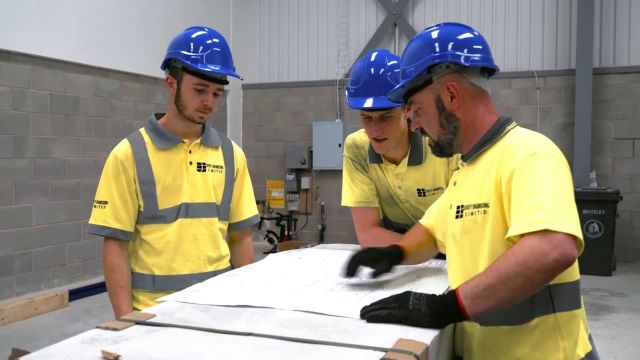
REQUEST A NO-OBLIGATION SITE SURVEY
If you’re considering a mezzanine floor for your premises, get in touch with the team here at Doity Engineering. Our team are more than happy to discuss our products and solutions with you.

